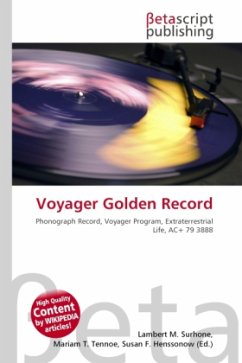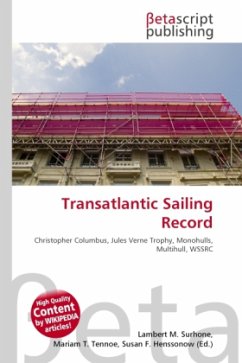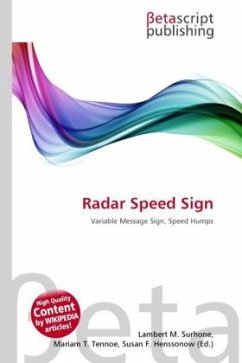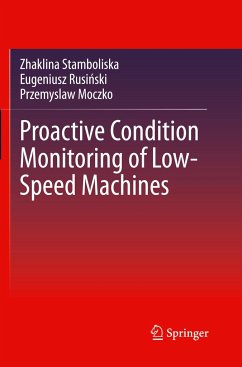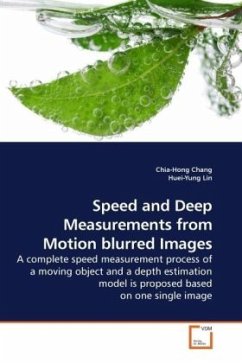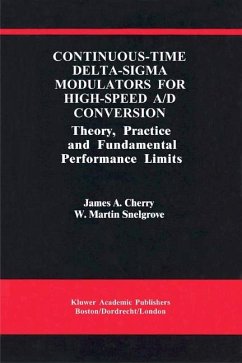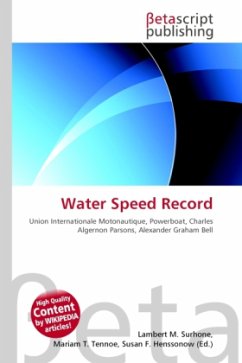
Water Speed Record
Versandkostenfrei!
Versandfertig in 6-10 Tagen
19,99 €
inkl. MwSt.

PAYBACK Punkte
10 °P sammeln!
High Quality Content by WIKIPEDIA articles! Like the land speed record, the water record was destined to become a scrap for national honour between Britain and the USA. American success in setting records spurred Castrol Oil chairman Lord Wakefield to sponsor a project to bring the water record to Britain. Famed land speed racer and racing driver Sir Henry Segrave was hired to pilot a new boat, Miss England. Although the boat wasn't capable of beating Gar Wood's Miss America, the British team did gain experience, which was put into an improved boat. Miss England II was powered by two Rolls-Roy...
High Quality Content by WIKIPEDIA articles! Like the land speed record, the water record was destined to become a scrap for national honour between Britain and the USA. American success in setting records spurred Castrol Oil chairman Lord Wakefield to sponsor a project to bring the water record to Britain. Famed land speed racer and racing driver Sir Henry Segrave was hired to pilot a new boat, Miss England. Although the boat wasn't capable of beating Gar Wood's Miss America, the British team did gain experience, which was put into an improved boat. Miss England II was powered by two Rolls-Royce aircraft engines and seemed capable of beating Wood's record. On June 13, 1930, Segrave piloted Miss England II to a new record of 158.94 km/h average speed during two runs on Windermere, in Britain's Lake District. Having set the record, Segrave set off on a third run to try to improve the record further. Unfortunately during the run, the boat struck an object in the water and capsized, with both Segrave and his co-driver receiving fatal injuries.



